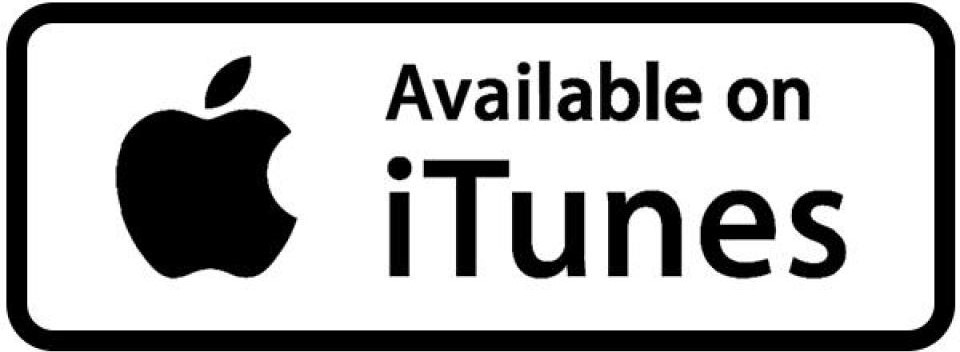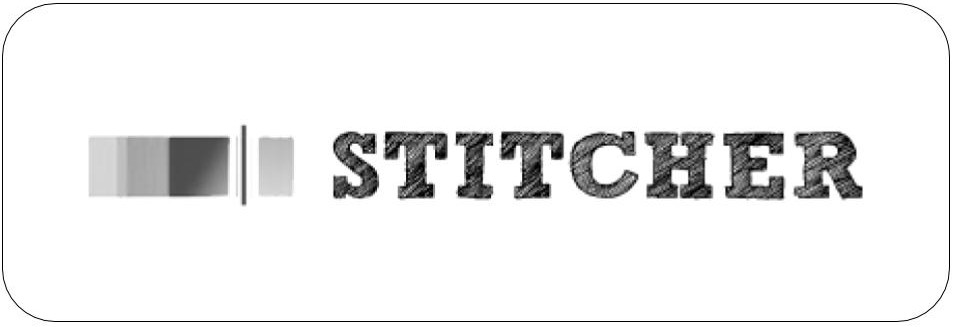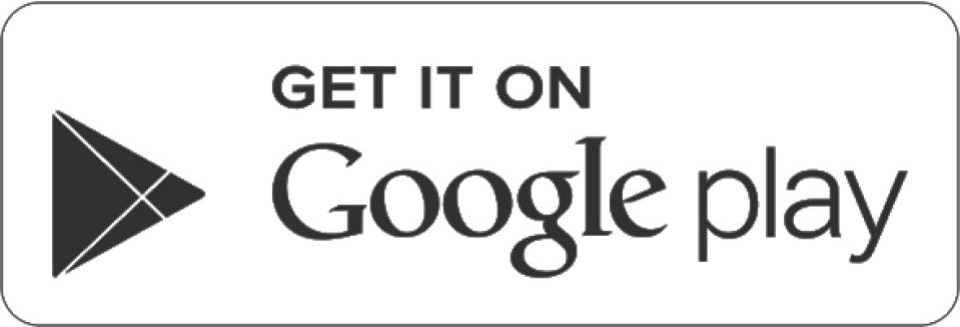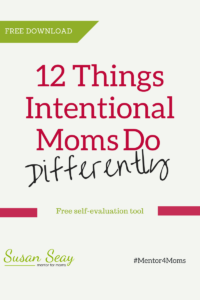Welcome to the Mentor 4 Moms Podcast!
On this episode:
Our thoughts shape our lives.
The way we think impacts how we live.
Every relationship or experience that we have, is filtered by our unique perspective or thinking on the matter.
But few of us have ever been taught how to intentionally think a thought or how to intentionally shift from an unhealthy thought pattern.
Most of us feel like victims to our thoughts. We see them as random or beyond our control.
Because I have little kids, I can’t…
She didn’t call me back, means she didn’t want to talk to me
I’m not good at creative things…
I always end up hurt
I never…
extremes – always, never, have to, etc are a doom hint of an unhealthy thought pattern
But what if that’s not true?
You are not a victim to your circumstances as much as you’re experiencing the results of your thoughts.
If your thoughts are not random, but actually follow a pattern – that’s good news. That means, once you learn how to spot your patterns, you can begin to intentionally choose healthy ones.
Let me share with you a favorite coaching tool I use with clients. Fact:Meaning Tool
The Fact:Meaning Tool is a powerful tool to help raise your awareness around the meanings or judgments you make in a split second. Once you are aware of those meanings, you can look at those meanings compassionately and ask yourself if they are serving you to move in the direction you want to go or are your thoughts or your meanings holding you back.
The meaning you attach is completely up to you. You are 100% in control of how you choose to see every situation, circumstance, and fact in your life. You can choose how you view the facts in your life. Whether you see them as overwhelming or exciting. Either way, you get to be right.
Facts are not subjective. For the context of our conversation, we are going to use this definition of a fact. If you took this fact before a courtroom of evidence, 100% of the people would need to agree. If I was to stand in front of a tape measure to measure my height and it said 5’9”, all could agree that I am 5’9”. If I was to open up my wallet and say I have $42 in my wallet, everybody could look in my wallet, see the money, and agree there is $42 in my wallet. These are facts.
Where it gets interesting is where we attach meanings, judgments, or opinions on those facts. And we do it in a split second, so fast we don’t even recognize that we do it. My goal is to share this tool with you so that you can begin to become aware of how you do this and how it is operating in your day every single day.
And when you have that awareness then you can be intentional with your thoughts. No longer will you be a victim of circumstance or your feelings as much as you are being aware of your feelings and your circumstance, and your thoughts concerning those circumstances.
Here are some questions to help you practice and recognize your thoughts:
- If you were the oldest child in your family, what did that mean?
- If you were the youngest in your family, what did that mean?
- If you were in the middle, what was your experience? What was that like?
- If you were an only child, what was that experience like?
When I ask these in my workshops, I get many different answers. All of them have a similar experience, yet they come up with different meanings for that experience, for that fact. Where do they get these definitions from? Where do these meanings come from? They made it up?
The truth is, you and I are making it up every single day. We are the ones creating meaning around the fact. The fact is solid, it is set. The meaning we attach to that fact, that’s us. We’re doing that. If we understand that is what’s happening every single day, we can begin to recognize that our thoughts have patterns. And if we can identify those patterns, we empower ourselves to be able to interrupt patterns that are headed in a bad direction.
We can begin to put a stop on a pattern that is taking us in the wrong direction. We can arrest it and shift it into a more healthy direction. It is a small shift from absolute disaster to ‘this just is.’ It erases the judgment, the shame, the humiliation, and just says the fact is.
This gives your brain the space to develop a new story and a new meaning should you want to do that. You simply acknowledge what is. You get to intentionally choose your thoughts, instead of feeling you’re a victim to what’s happening to you or what you’re thinking and feeling.
Example: If you are in rush hour traffic, what meaning will you attach to that? You could say it is keeping you from getting home. It’s slowing you down. These people can’t drive, etc. Or you could look around and find someone that is having the time of their life. Maybe they have the music on and are car dancing having a great time. Maybe in another car, the people are having an animated conversation. Another might be gripping the steering wheel, obviously angry. Everybody ’s in the same circumstance – the same traffic. But the experience and the meaning they’re creating in that moment is completely unique to each one of them.
You begin with a fact. Recognize that anything that happens after that fact is your judgment, your opinion, or the meaning you’re attaching to it. If you get a hold of the power of this tool you can begin to intentionally shift your thoughts about the facts you’re encountering every single day. Your meaning is going to affect your very next action. Your actions are nothing but a reflection of your thoughts.
If you can begin to identify the thoughts and intentionally think a thought, you can empower yourself to think thoughts that lead to actions that help you to walk out the life that God uniquely desires for you. No longer do you feel like you’re just randomly doing things or you’re just doomed to always have these issues or these problems that you can never overcome. Instead of feeling like you’re trapped or stuck, you begin to look for opportunities to make shifts that begin to impact the way you act and respond to those thoughts.
I hope this Fact:Meaning tool keeps you spinning on the possibilities of the shifts you can begin to make so that you’re thinking thoughts intentionally.
Subscribe where you listen to podcasts:
Ways you can support this show:
If you know a mom who desires to be more intentional, share this podcast with her.
I need your help to connect with more moms who could use a mentor that offers not only encouragement, but practical tools.
- Share this episode via email or text
- Post about this episode on your Facebook, Instagram, or Twitter. Add #Mentor4Moms to your post











